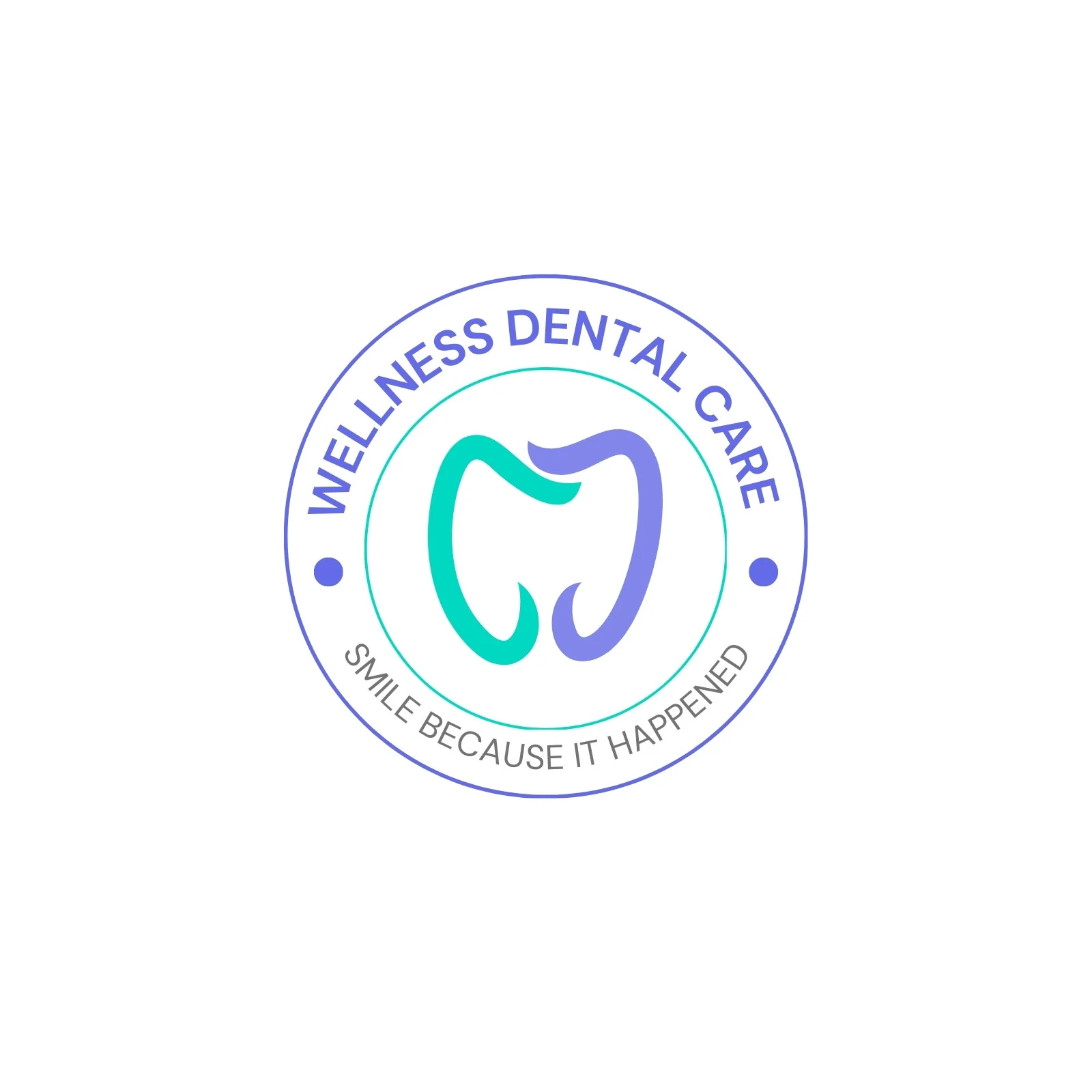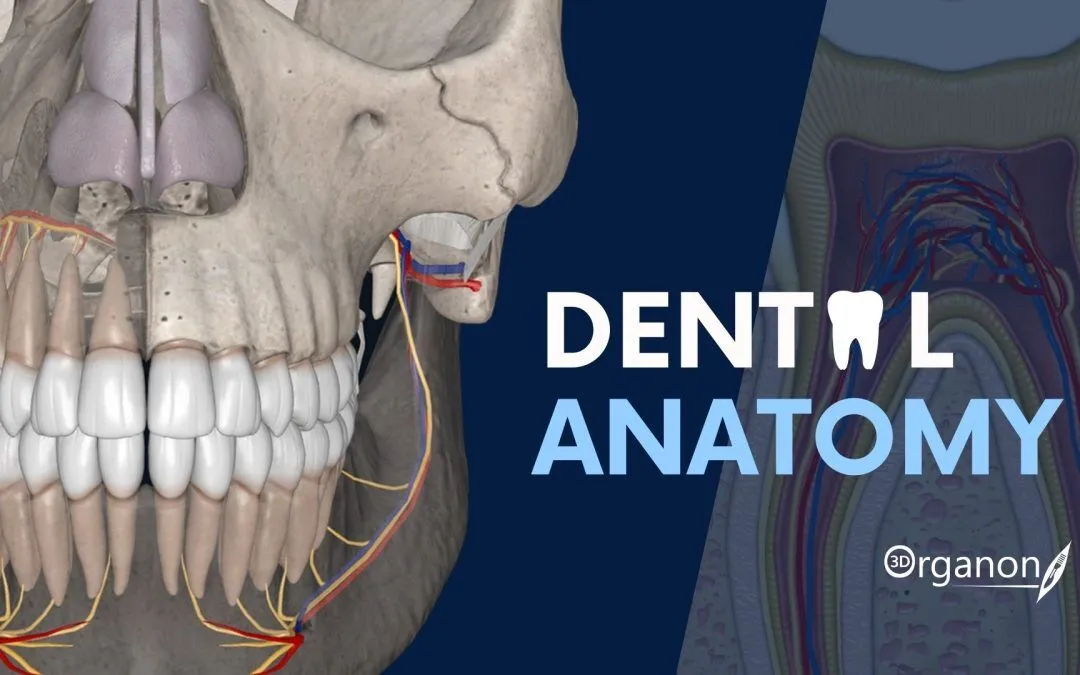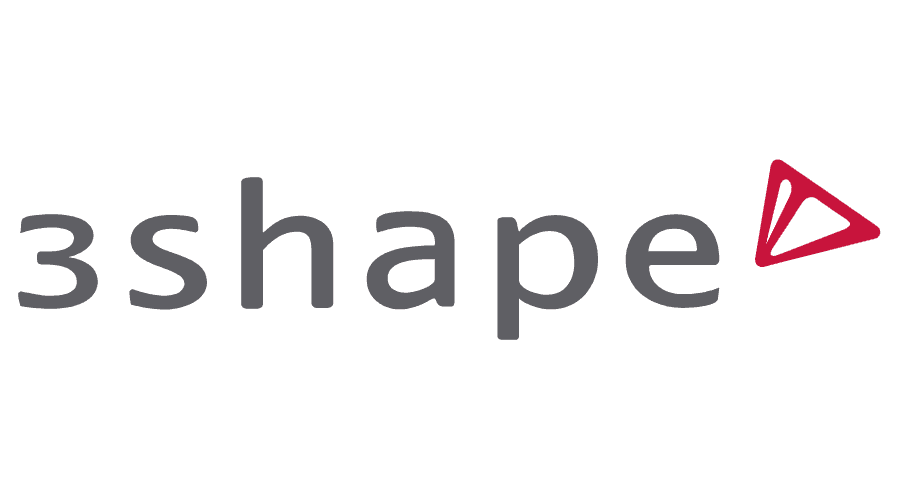OralPathSim — simulator for learning oral pathology through cases
Context
OralPathSim is built for one purpose: to give dental students a way to practice pathology diagnosis in a realistic but controlled setting. Instead of flipping through static atlases, learners interact with virtual cases — each with its own images, radiographs, and patient history. The idea is to make students think through the diagnostic process step by step, as they would in the clinic. Full editions of the software include a wide catalog of cases and assessment modules, while demo and academic versions are often used in classrooms, short workshops, and continuing education courses.
Technical Profile
| Area | Details |
| Platform | Windows desktop; web-enabled editions exist for teaching labs. |
| Dental focus | Training in oral pathology, differential diagnosis, treatment options. |
| Core modules | Case viewer, patient history, photo/x-ray review, quizzes and self-assessment. |
| Interop | Standalone or can link with LMS in institutional setups. |
| Imaging | Uses preloaded clinical images and radiographs; not designed for DICOM. |
| Security | Case data anonymized; can store progress locally or in LMS. |
| Multisite | Suitable for labs and classrooms with multiple PCs or via web platform. |
| Backup/DR | Local database exports or LMS-based storage. |
| Licensing | Academic/demo versions free; full institutional license adds complete case sets. |
Scenarios (dental-specific)
– In a dental school pathology class, students work through OralPathSim cases to identify lesions and suggest treatments.
– A continuing education seminar uses the simulator to refresh diagnostic reasoning for practicing dentists.
– A pilot research study tests how simulation influences student accuracy compared to textbook-based training.
Workflow (admin view)
1. Install desktop version or set up browser-based access.
2. Create student accounts or classroom groups.
3. Load included pathology cases or assign case modules.
4. Students interact: review history, examine images, suggest diagnoses.
5. Collect feedback and quiz results for grading or discussion.
6. Save or export performance data via database or LMS.
Strengths / Weak Points
Strengths
– Makes oral pathology interactive instead of purely theoretical.
– Integrates images, history, and decision-making in one workflow.
– Fits into classroom or LMS environments.
– Useful for both initial training and refresher courses.
Weak Points
– Demo versions have a limited case library.
– Not suitable for real patient data or clinical documentation.
– Works best when guided by structured teaching.
– Full institutional license needed for advanced features.
Why It Matters
Oral pathology is often one of the hardest subjects for students, because spotting lesions and connecting them to the right diagnosis requires pattern recognition that books can’t easily provide. OralPathSim changes that by letting learners test themselves with case-based simulations, complete with histories and radiographs. It’s not meant for clinical records, but as an educational bridge between theory and practice, it has clear value in preparing students and dentists-in-training for real-world cases.







